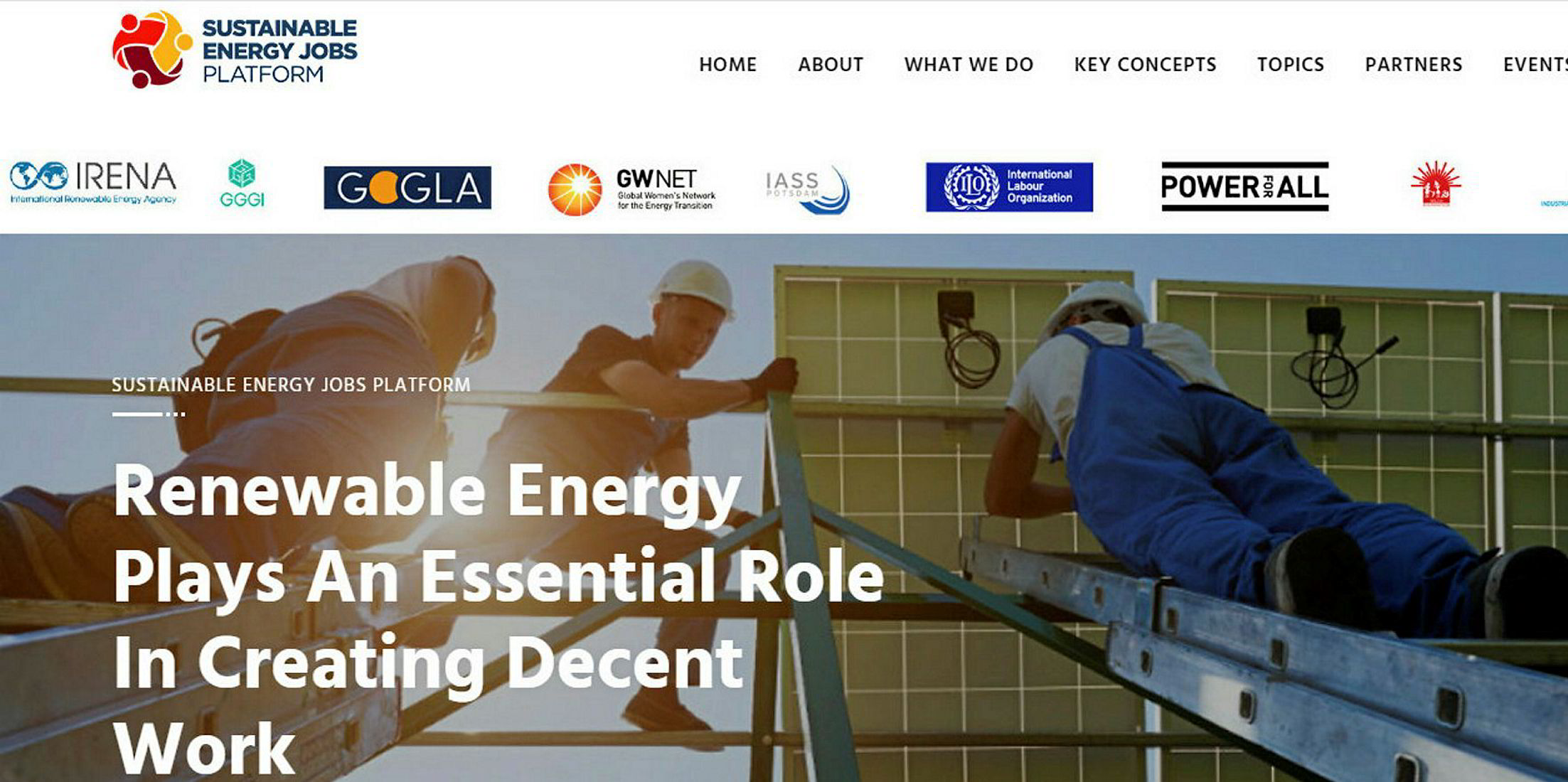Renewable-energy workers in certain parts of the world are earning over four times more than those doing the same job elsewhere, according to a major survey of energy-sector employment published today.
For instance, a wind farm project manager with six years’ experience in Latin America earns an average of $25,385 per year, compared to $112,936 for the same role in Australasia, says the Global Energy Talent Index (GETI), a survey of 21,000 energy professionals and hiring managers in 169 countries, which was produced by international workforce solutions provider Airswift and recruitment company Energy Jobline.
Meanwhile, experienced wind farm project managers in Europe, earning an average of $59,290, could increase their salary by moving to North America ($81,316), the Middle East ($77,577) or Asia ($61,228).
Similarly, experienced wind turbine technicians could massively increase their pay packets by moving to different parts of the world, with the highest average salaries found in Australasia ($78,713), closely followed by North America ($74,970), then Europe ($48,769), the Middle East ($48,680), Asia ($43,320), Africa ($42,145) and Latin America ($28,767).
Meanwhile, experienced solar engineers get by far the highest average salary in North America ($91,007), compared to Australasia ($76,591), Europe ($72,965), the Middle East ($55,443), Asia ($49,661), Africa ($45,425) and Latin America ($34,059).
With such discrepancies in salaries around the world, it is perhaps unsurprising that 86% of renewables professionals surveyed said they would consider relocating to another part of the world for work, with Europe the most preferred destination.
“Salaries are typically higher in Australia because of higher taxes, and then in North America it’s based on demand, so as the demand is starting to increase, especially in the Northeast where more renewables projects are starting, you’re competing with other technical talent,” Janette Marx, chief executive of Airswift, tells Recharge, adding that the cost of living is also a factor.
Yet Marx points out that high salaries are not one of the primary drivers for working in the fast-growing renewables sector.
“Renewables has typically paid less than other energy sectors, but if they’ve got better career progression and what that they’re doing is benefiting society, people will want to stay in renewables and be part of the energy transition,” Marx tells Recharge. “Renewables is the place to be for our younger generations.”
The outlook for renewables jobs is very positive, she adds. “The number of jobs created in renewables will continue to increase. And the attractiveness of the renewables sector to new candidates, new jobseekers looking to have an impact, makes it a very attractive sector to go into.”
By contrast, the oil & gas industry “is struggling with their PR and their brand value” and finding it difficult to recruit graduates.
“You’ll see a lot of larger integrated [oil & gas] operators doing a lot to change their employer brand and to make sure that people see that they’re more on the cutting edge of technology and the energy transition,” Marx explains.
However, the oil & gas industry can still draw workers due to the high salaries. For instance, an oil & gas project manager in Australasia earns an average of $175,212, compared to the $112,936 taken home by a wind farm project manager.
The global renewables sector currently employs 11 million people, but that could rise to more than 40 million if given robust policy support, according to recent forecasts by the International Renewable Energy Agency.




